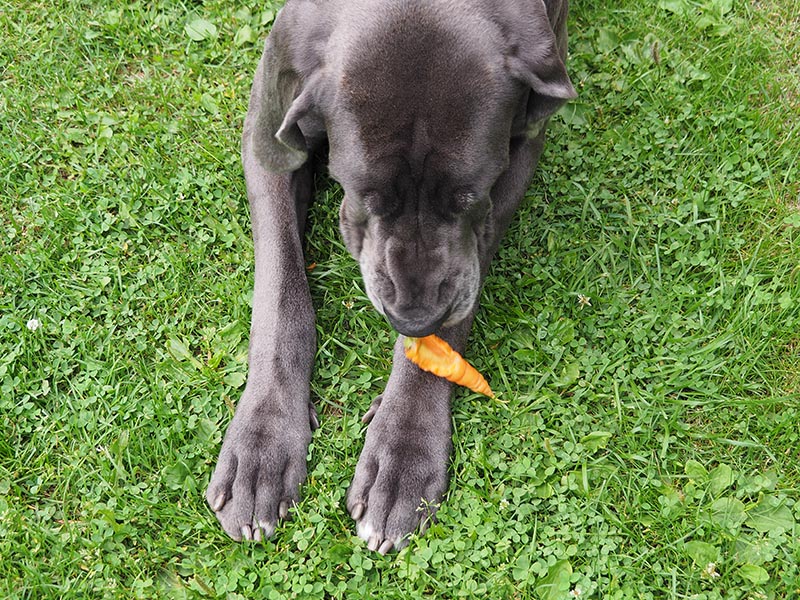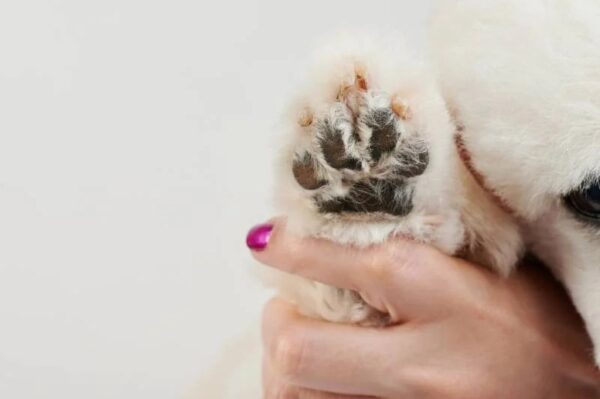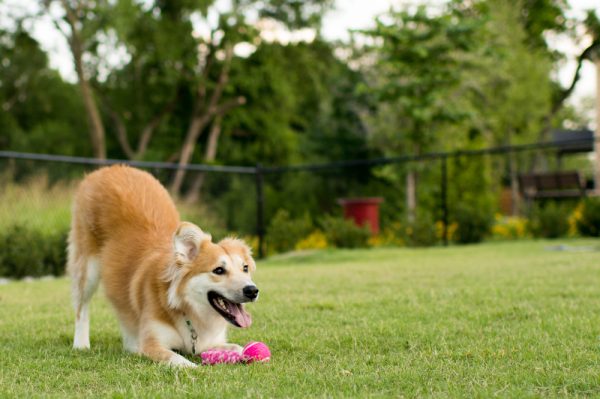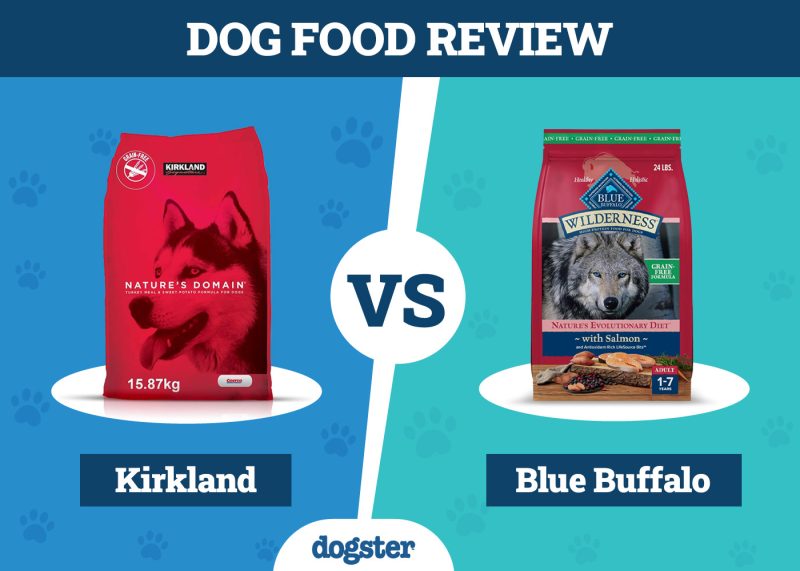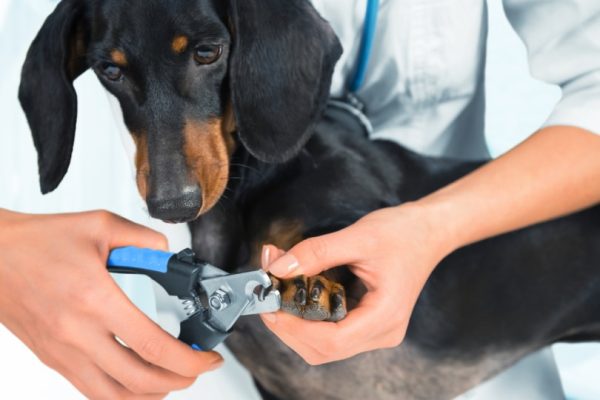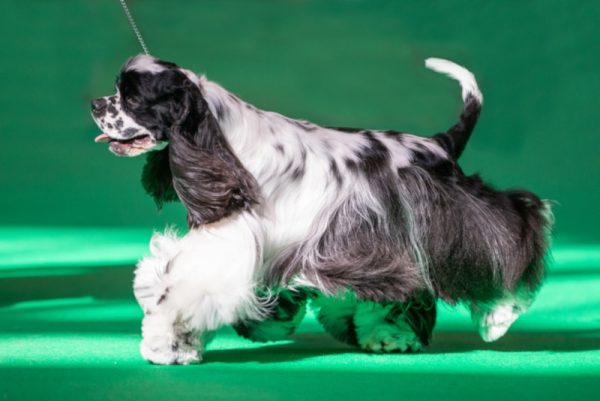The Great Dane is a unique breed of dog that makes a fantastic choice for a pet. Nicknamed “gentle giants”, Great Danes are very eye-catching and naturally stand out due to their impressive size. Aside from their commanding stature and strength, they have other fascinating features, such as their giant paws. That may lead some people to wonder if Great Danes have webbed feet. While all dogs have some degree of webbing between their toes, in Great Danes, this webbing is minimal and not very noticeable. This matches their history, as they were not bred to be strong swimmers like some other dog breeds.
If you’re a Great Dane owner and you’ve noticed some webbings on their paws you might wonder why they have them. What are they used for? Are they important?
In this article, we discuss what exactly webbed feet are and why they are important for Great Danes!

What Are Webbed Feet?
When we think of webbed feet, we immediately think of animals like ducks or frogs that have obvious membranes in between their toes. The purpose of this anatomical feature is to increase the surface area of the foot for aquatic locomotion. In the canine world, not all dogs have the same degree of webbing. Certain breeds have webbings on their toes that allow them to perform specific functions, such as having better stability for walking and, you guessed it, swimming! But although stronger swimming abilities are an obvious advantage, not all breeds with webbed feet use them for swimming.
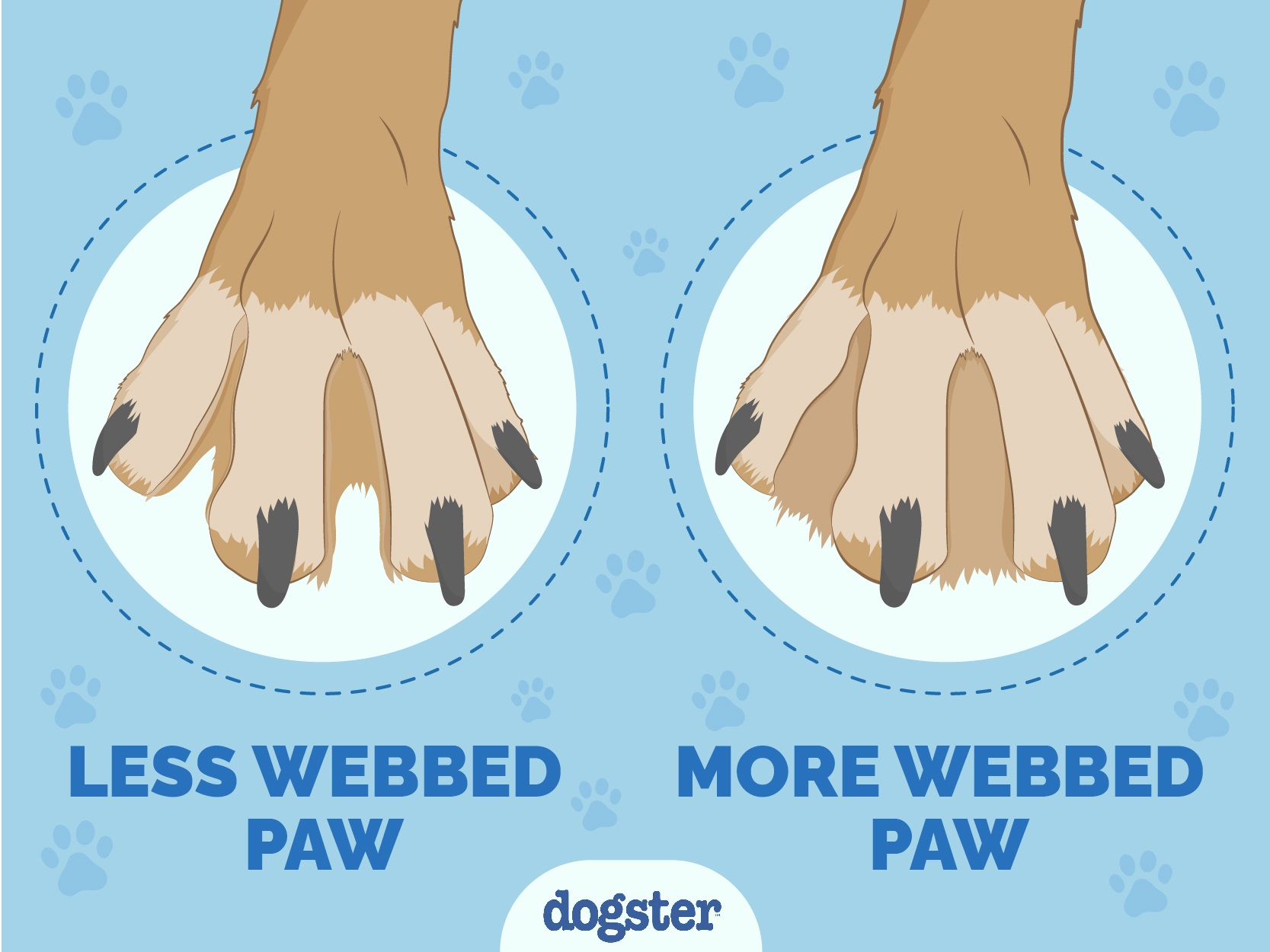
Why Do Great Danes Have Webbed Feet?
Great Danes are worker dogs that were bred for hunting large animals, such as boars and bears, in Germany and Austria. They were popular among hunters in the 16th century for being strong enough to hold down large animals after they’d been caught.
Great Danes’ webbed feet allowed them to move in all kinds of terrain during a hunt with their owners. The webbings provided them with traction in mud and snow and extra stability when holding down the animals during the hunt. Their webbings are prominent, but since they are not used for swimming, they are only considered medium-sized compared to actual water dogs.
As advancements in technology developed, the need for Great Danes for hunting dwindled, and their breed was eventually bred for companionship. Despite domestication, Great Danes still have the webbed feet from their hunting ancestors.

What Webbed Feet Are Useful For
Although Great Danes no longer need to hunt, their webbed feet can still serve a purpose, even as pets. They are active, love to play outside, and can serve as great protectors due to their size and temperament. The following are reasons why Great Danes’ webbed paws remain useful!

1. Walking on All Kinds of Terrain
Great Danes’ webbings allow them to move on all types of surfaces with ease. The increased surface area between their paws provides them with more stability when moving through rough or muddy terrains. Aside from stability, the webbings also provide more grip, which keeps them from slipping. This aids in keeping them from falling or sinking when walking through the great outdoors.
If you’re a family that enjoys the outdoors, then the Great Dane would serve as a perfect companion since they are naturally adept at moving through outdoor environments.
2. Trekking in the Snow
When trekking through snow, Great Danes are more likely to sink due to their long and slender legs. Though this would make them ineffective hunting dogs in the winter, their webbed feet enable them to move through the snow without sinking. Their webbed paws act like natural snowshoes, which allows them to walk and run during the winter with ease!
3. Digging
Although not exactly a significant advantage, the increased surface area of Great Danes’ webbed paws helps them to dig. Dogs like to dig in general, so Great Danes are likely to naturally utilize their webbings to make digging easier.
4. Swimming
Great Danes are not natural swimmers. They were bred for the purpose of moving through all sorts of terrain for hunting, a role very far from the water.
Although not naturally born for it, Great Danes can swim. Their webbed feet can help them with their doggy paddle, allowing them to be more efficient in moving through the water. They also have other physical traits that are effective for swimming, such as their long legs, stocky chest, and long neck and snout. If exposed at a young age, Great Danes can learn how to be good swimmers!
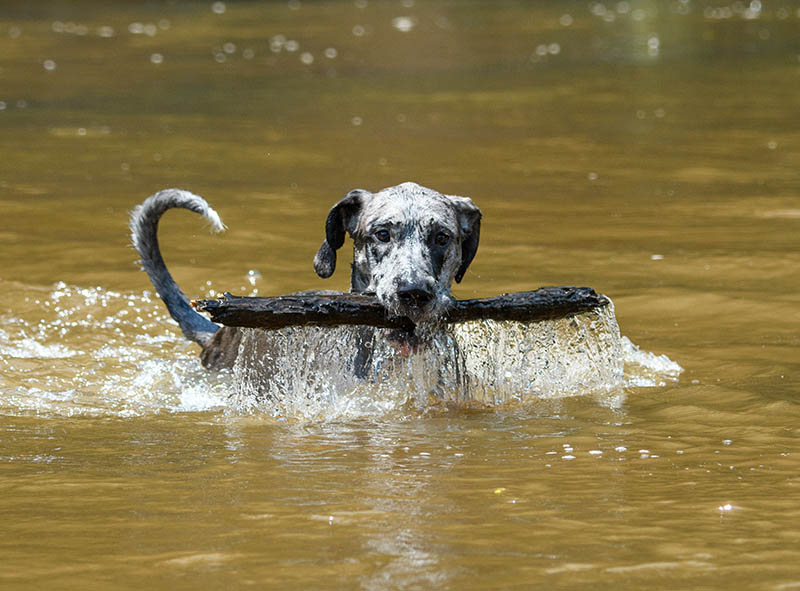

How to Take Care of My Great Dane’s Feet
Great Danes’ webbed paws allow them to walk on all kinds of surfaces with ease. With that said, after a long walk outdoors, they may get all kinds of snow, dirt, or debris stuck in their paws. As Great Dane owners, it is important to understand this risk, especially if your dog spends a lot of time outdoors. Great Dane owners must be vigilant in cleaning their dogs’ paws and inspecting for any debris or injury on their paws. If left untreated or undetected, infection or further injury can develop, which may be painful and make it difficult for them to walk.
What If My Great Dane Doesn’t Have Webbed Feet?
Due to generations of breeding, the webbing on Great Danes’ feet can vary in size and prominence. Some Great Danes may not even have webbings at all. This is usually not a cause for alarm, especially if you keep your Great Dane indoors. If the absence of webbing alarms you, it is always safe to visit a veterinarian for advice and recommendations.

Conclusion
As webbed feet are common among animals for aquatic movement, Great Danes have webbed feet for different purposes. It gives them increased stability and traction on all kinds of surfaces and terrains, making them the optimal outdoor companion. Although not built for the water, they can use their webbed feet—along with their superior physical characteristics—to become great swimmers!
- Related Read: Do All Dogs Have Webbed Feet?
Featured Image Credit: ElenVik, Shutterstock

